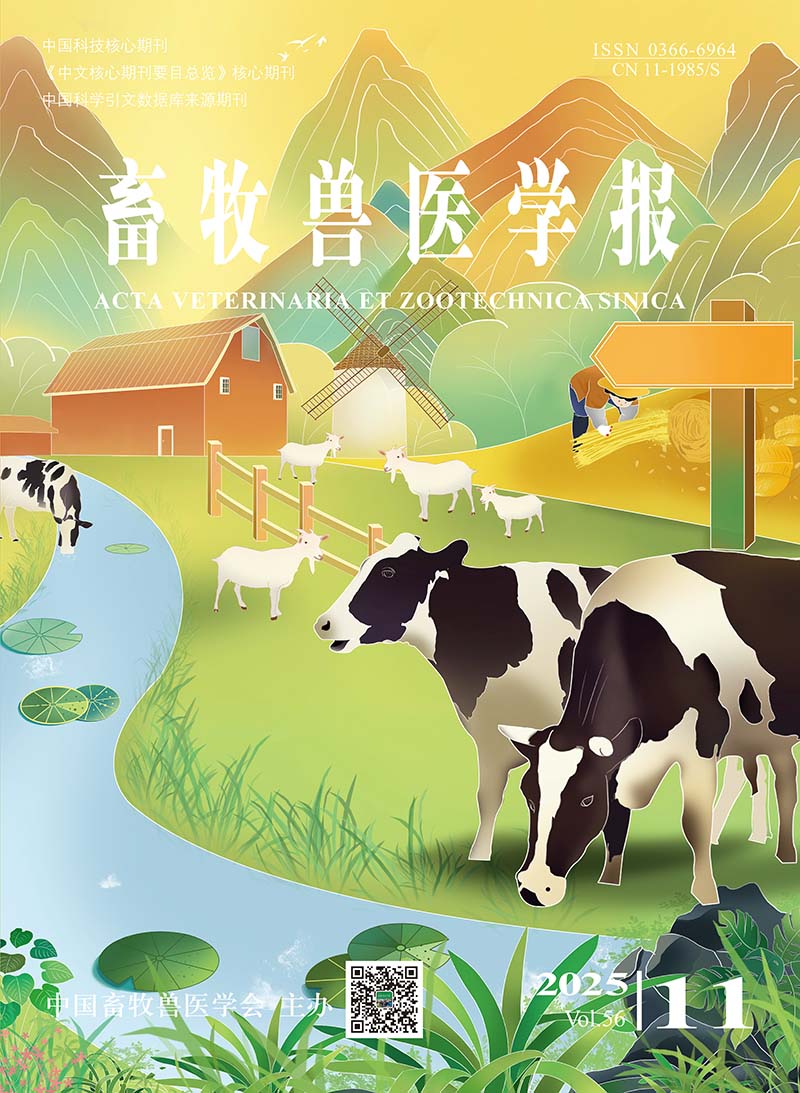The aim of this experiment was to investigate the key genes and signaling pathways of regulation of energy-restricted feeding during rearing and conversion to ad libitum on the reproductive organ development and hormone level of laying hens at the initiation of laying period using transcriptome sequencing technology. A total of 720 6-week-old Hyline-Brown chicks were allocated equally to three groups with six replicates of 40 chicks each, and were fed one of three diets that were nutritionally equal with the exception of ME levels. From 6 to 17 weeks of age, the chicks in control group were given diet with 12.34 MJ·kg-1 ME, and fed ad libitum. The levels of ME in diet of chicks in the experimental groups were 90% [11.11 (12.34×90%) MJ·kg-1] and 80% [9.87 (12.34×80%) MJ·kg-1] of that in control group, and the daily amount of feed was restricted to the absolute quantity of the diet consumed by chicks in control group. From 18 to 20 weeks of age, all laying pullets were fed a basal diet ad libitum. At 20 weeks of age, four chicks in each of the ad libitum feeding group and 80% energy-restricted feeding group with significant differences (P < 0.05) in reproductive organ development and plasma progesterone concentrations were selected to screen the novel mRNA implemented by the RNA-seq. The results showed as follows: 1) The body weight and body weight CV of chicks at 20 weeks of age decreased linearly with increasing energy restriction (P < 0.001), the ADFI and F/G (P < 0.001) from 6 to 20 weeks of age increased linearly, while the ADMEI and ADG (P < 0.001) decreased linearly with increasing the degree of energy restriction. 2) A gradual increase in the degree of energy restriction resulted in a gradual increase in the serum UN (P=0.007), but a gradual decrease in serum TG and LDL (P=0.045, 0.029), and in liver TC and NEFA (P=0.024, 0.003). 3) With the increase of energy restriction during rearing period, the length, ratio of length to body weight, weight and index of oviduct (P= 0.012, 0.016, 0.042, 0.045), the number and index of small yellow follicle (P=0.017, 0.039), and the weight and index of ovarian stroma (P=0.046, 0.047) decreased linearly, while the plasma progesterone level (P < 0.001) increased linearly. 4) The ovary stroma of chicks at 20 weeks of age in the ad libitum feeding group (ALF20W) and 80% energy-restricted feeding group (ERF20W) were used to screen the novel mRNA implemented by the RNA-seq. The proportion of pure reads matching to chicken reference genome was more than 93.77%, and the content of Q20 and Q30 was more than 97.03% and 92.14%, respectively. A total of 1 488 differential genes were screened in ALF20W and ERF20W, of which 600 were down-regulated and 888 were up-regulated in ERF20W. The GO functional enrichment analysis found that differentially expressed mRNAs were involved in biological processes such as biological regulation of cell proliferation, development, and reproduction. The KEGG pathway were significantly enriched in 28 pathways, among these pathways, the steroid hormone biosynthesis pathway, estrogen signaling pathway, ovarian steroidogenesis pathway, and cAMP signaling pathway were related to energy metabolism or reproduction. The differentially expressed genes including cAMP response element-binding protein (CREB), steroid-producing acute regulatory protein (StAR), cytochrome P450 1B1 (CYP1B1), insulin-like growth factor-1 (IGF-I), adrenocorticotropic hormone (MC2R), cytoskeletal keratin (KRT18), and progesterone receptor (PGR) were found to be enriched in the above signaling pathways, which maybe the potential target gene and pathway of energy restriction regulating reproductive organ development and estrogen production in laying chicks. The qRT-PCR results showed that the expression trends of 10 randomly selected differentially expressed genes were consistent with RNA-Seq results. The results showed that the body weight, body weight CV, serum TG and LDL, liver TC and NEFA, the length, ratio of length to body weight, weight and index of oviduct, the number and index of small yellow follicle, and the weight and index of ovarian stroma of chicks at 20 weeks of age decreased linearly with increasing the degree of energy restriction, while the plasma progesterone level increased linearly. It is suggested that energy restriction during the rearing period may regulate the expression of StAR, CREB1, CYP1B1, IGF-I, MC2R, KRT18 and PGR genes in ovarian tissues, and act on steroid hormone biosynthesis pathway, estrogen signaling pathway, ovarian steroidogenesis pathway, and cAMP signaling pathway, to regulate the energy metabolism, reproductive organ development and estrogen production of laying chicks at the initiation of laying period.






